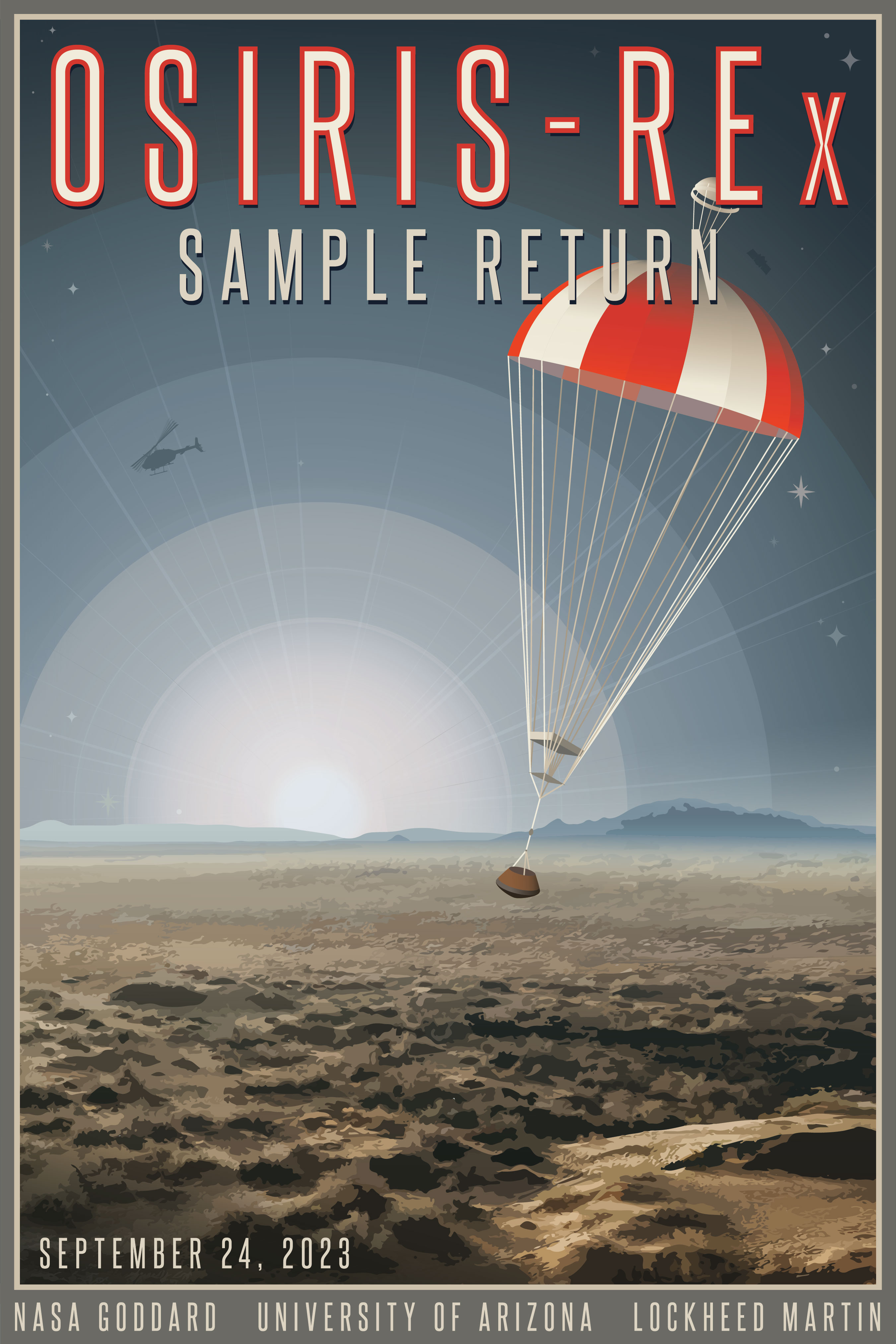For more STEMonstrations and activities, visit the STEM on Station website. | | Educator Professional Development | | Audience: K-12 educators Event Date: Tuesday, Sept. 12, at 7 p.m. EDT NASA is going to the Moon so we can go on to Mars. In preparation for this long-duration spaceflight, NASA has been studying the health effects the trip could have on astronauts. During this webinar, we will explore an activity from the Hazards to Deep Space Astronauts educator guide, where teams of students are challenged to research deep space hazards of isolation and confinement while learning about real-life research. Registration closes on Monday, Sept. 11. Click here to register. | | Audience: Informal education institutions Proposal Deadline: Tuesday, Sept. 12 NASA is seeking proposals for the 2023 NASA TEAM II Full Awards. Eligible proposers include U.S. nonprofit science museums, planetariums, youth-serving organizations and libraries. Selected parties will offer inquiry- or experiential-based opportunities that include NASA education and research and directly align with space exploration, aeronautics, space science, Earth science, or microgravity. | | Tune in live to watch in-flight education downlinks between students on Earth and astronauts orbiting 250 miles above in space. Students will ask questions of NASA astronauts living and working on the International Space Station.
Upcoming Downlinks: | | Wednesday, Sept. 13, at 11:10 a.m. EDT Chapel Hill-Carrboro City Schools Chapel Hill, North Carolina | | Thursday, Sept. 14, at 1:30 p.m. EDT Rhode Island Science Teachers Association Warren, Rhode Island | | | Times are tentative, and sessions are virtual.
| | Make an Earth Science Connection | | Every day, Earth-observing satellites like NOAA and NASA’s Joint Polar Satellite System (JPSS) help scientists measure land surface temperature, soil moisture, and precipitation. Bring the excitement of these Earth science observations into your K-12 classroom with these hands-on activities. | | Learn about the conditions that affect how much groundwater certain types of soil can absorb. | | Experiment with identifying different types of soil and testing soil pH levels. | | Keep a colorful journal to learn more about local climate and weather conditions. | | Coming Up Later This Month | | Mark your calendar to stay up to date with these upcoming events to make timely STEM connections!
| | Sally Ride EarthKAM is a free STEM educational program managed by the U.S. Space & Rocket Center in Huntsville, Alabama. EarthKAM allows students in grades K-12 to take images of Earth from space using a camera aboard the International Space Station. Use EarthKAM as a teaching tool to study subjects ranging from geography to art to meteorology.
The next mission takes place Tuesday, Sept. 19 - Friday, Sept. 22.
| | Are You Up for a Challenge? | | Audience: Middle and high school students, educators, parents, and caregivers Registration Deadline: Wednesday, Sept. 27 NASA’s App Development Challenge, one of eight NASA Artemis Student Challenges, introduces middle and high school student teams to topics, techniques, and technologies critical to the success of the agency’s Artemis program. In this year’s coding challenge, student teams will develop an app visualizing one of 13 Artemis III landing regions near the South Pole of the Moon, displaying essential information for communication and navigation. During the challenge, teams will participate in live virtual connections with NASA subject matter experts to learn more about coding, app development, space communications, and navigation. | | Audience: Undergraduate students at U.S. higher education institutions Next Information Session: Thursday, Sept. 14, at 7 p.m. EDT Letter of Intent Deadline: Tuesday, Sept. 19 Proposal Deadline: Tuesday, Oct. 10 Micro-g NExT challenges teams to design, build, and test a tool or device that addresses an authentic, current space exploration challenge. The overall experience includes hands-on engineering design, test operations, and public outreach. The 2024 Micro-g NExT tasks focus on Orion crew safety and lunar extravehicular activities operations during the Artemis missions. Professional divers will test tool prototypes in the 6.2-million-gallon pool at the NASA Johnson Space Center Neutral Buoyancy Laboratory (NBL) facility. | | Audience: Students at accredited U.S. colleges and universities Information Session: Monday, Sept. 18, at 2 p.m. EDT Proposal Deadline: Nov. 9 NASA’s Aeronautics Research Mission Directorate seeks proposals for new aeronautics ideas/concepts relevant to NASA aeronautics. Selected teams will receive grants for their projects and be responsible for raising a modest amount of cost-share funds through a crowdfunding platform. The process of creating and preparing a crowdfunding campaign acts as a teaching accelerator, requiring students to develop entrepreneurial skills. | | Opportunities With Our Partners | | Event Date: Tuesday, Sept. 12, at 2 p.m. EDT | | Registration Deadline: Oct. 13 | | |
Are you looking for NASA STEM materials to support your curriculum?
Find NASA science resources for your classroom. NASA Wavelength is a digital collection of Earth and space science resources for educators of all levels — from elementary to college, to out-of-school programs. https://science.nasa.gov/learners/wavelength
Check out the ‘Explore NASA Science’ website! Science starts with questions, leading to discoveries. Visit science.nasa.gov. To view the site in Spanish, visit ciencia.nasa.gov. | | Visit NASA STEM Engagement on the Web: | | | | | | |



















